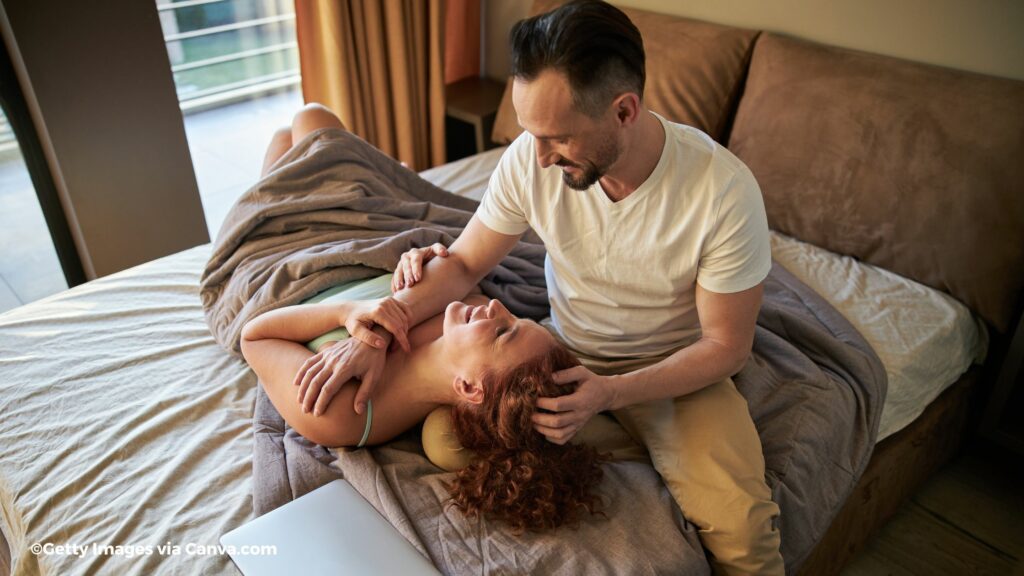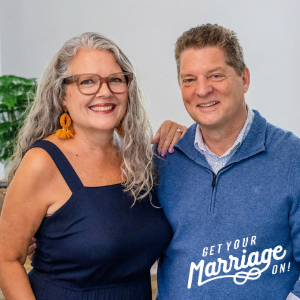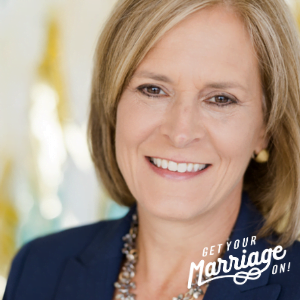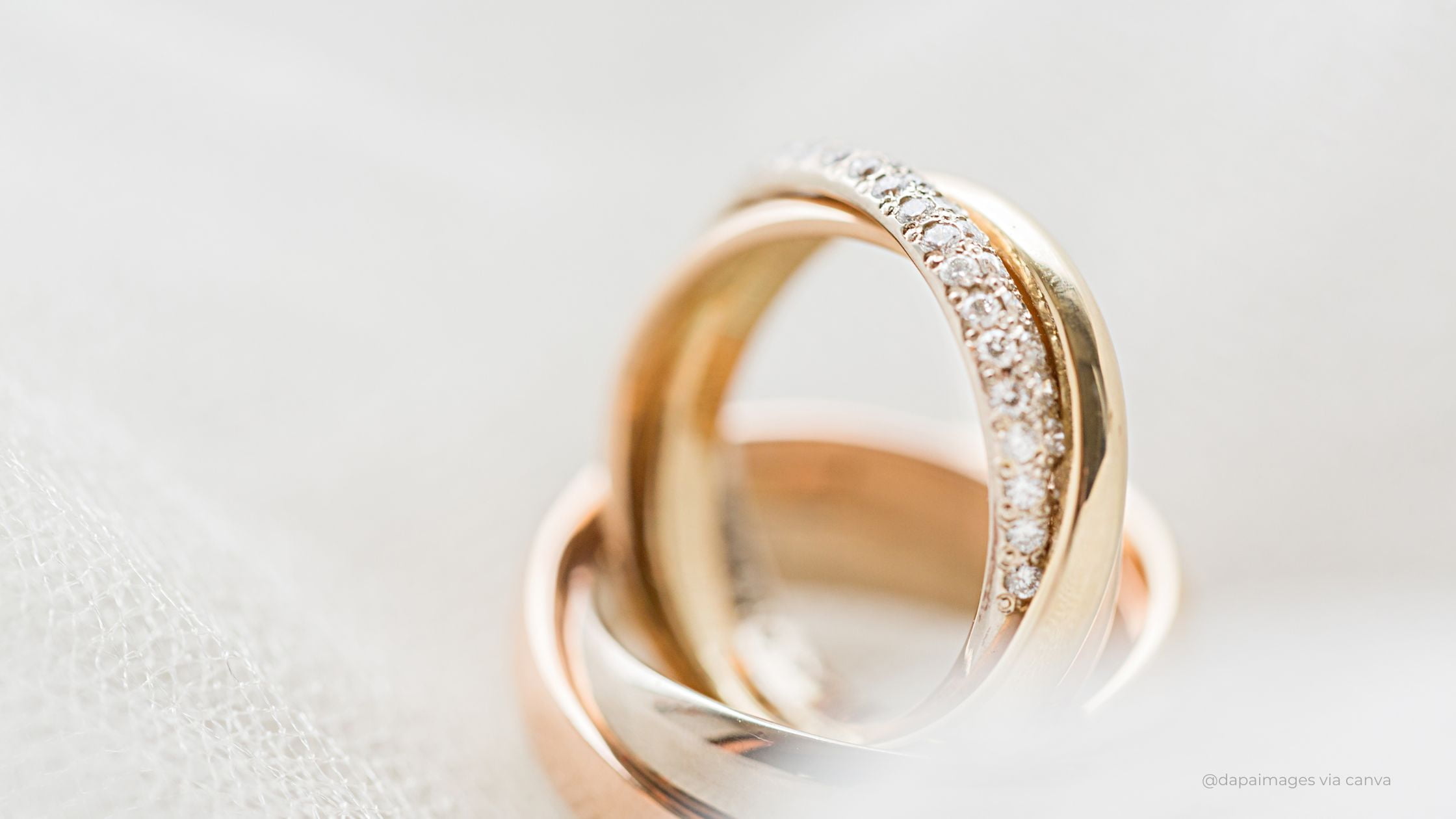It’s a typical evening in the Severson household. My husband and I are watching TV. Suddenly, something gets me aroused. Maybe it’s a romantic line in the show, maybe it’s the feel of my husband’s arm around me, but either way all of the sudden I want him so bad. I turn to him and start kissing. “Do you want to have sex?” His response shocks me. “I don’t really right now, but I probably will if we keep going”
What happened here? Does my husband not want sex? Does he not want me? Why does it take so much more effort for him to want sex? I’m sure I am not alone in having these questions and worries. But the truth is my husband simply has a more responsive desire type. Although it can be confusing, working to understand my own sexual desire as well as my husband’s has helped us to have more intimacy, passion, and fun in our relationship. Let’s talk about what responsive desire is, how it differs from spontaneous, and most importantly how you can understand your spouse’s unique style of sexual desire.

What is Responsive Desire?
I asked ChatGPT to define responsive sexual desire. Here’s the answer…
“Responsive sexual desire refers to a type of sexual desire that is triggered or activated in response to specific stimuli or cues, rather than being spontaneously experienced. Unlike spontaneous sexual desire, which arises without specific external triggers, responsive desire emerges in reaction to various factors such as physical touch, erotic context, emotional intimacy, or the initiation of sexual activity by a partner.
In the context of sexual desire, responsive desire is often contrasted with the traditional notion of spontaneous desire, which suggests that individuals have an innate and constant level of sexual desire that emerges naturally without external stimuli. However, research has shown that many people, particularly women, experience sexual desire that is more responsive in nature.
Responsive desire can be influenced by a variety of factors, including relationship dynamics, mood, stress levels, physical well-being, and personal preferences. For individuals with responsive sexual desire, engaging in sexual activities or being exposed to sexual stimuli can lead to an increase in desire and arousal.
Understanding the concept of responsive sexual desire is important in promoting a broader understanding of sexual desire variations among individuals. It can help normalize diverse experiences and challenge the notion that spontaneous desire is the only “normal” or valid expression of sexual desire.”
Simply put, responsive desire is when you feel arousal in response to sexual acts. This is opposed to spontaneous desire, which is a seemingly instantaneous arousal.
Every Individual is Unique

However, this is only part of the story. Researchers, writers, and other professionals use the spontaneous vs responsive dynamic to explain why some individuals seemingly get turned on easily, while others have to start the process before their body starts to respond.
The truth is that this black and white definition only exists on paper. Every single person has a completely unique sexual responsiveness that is dependent on hormones, life-style, personality, stress, time of life, and hundreds of other factors. And most of the times we feel aroused, it is in response to something.
So why do we still talk about responsive vs spontaneous desire? Although we are all different, and therefore don’t neatly fit into just two categories, learning about the differences has helped so many spouses to understand why their partner reacts differently to sexual stimuli. These distinctions exist to aid our understanding. With that being said, let me lay out a few different ways of understanding sexual desire. Talk with your spouse about which explanations make sense to them and use this as a springboard to start understanding each other better.
The Crockpot and the Microwave
When I was a teenager, I was taught that men work like a light switch and women work like a crockpot. Although I’ve learned some things since then that makes this analogy not quite accurate, let’s see if we can work with it.
First of all, although women typically have a more responsive desire (and men seem more spontaneous by comparison) this is not always the case. Responsive vs spontaneous desire is not specific to gender, just as either spouse could be the higher or lower desire partner. Perhaps then we can fix the metaphor by saying that responsive desire is like a crockpot, it needs time to heat up.
I have heard though that some couples don’t feel like the “light switch” part works. In most cases, even those who get aroused quickly are responding to certain cues. It might not be instantaneous. Therefore, I had a creative friend say, “maybe a microwave is more accurate”. What takes minutes for someone with spontaneous desire could take over an hour for someone with responsive desire. Again, choose the metaphor that works best for you!

The Runner’s High
Responsive sexual desire has been compared to going for a run. At first, you may really not be feeling it. You pull your shoes on, create a playlist, and step out the door. You don’t really want it right now, but you know it’s going to be worth it. However, it’s only once we get into our run that our endorphins get going and we start really enjoying ourselves. In fact, some people end up liking the feeling after the run more than the run itself!
Likewise, some people with more responsive desires find that they don’t necessarily feel desirous when they start the process, but become aroused as pleasured during the process. And some people enjoy the “Afterglow” with all the enhanced hormones more than the actual sex/orgasm. Emily Nagoski, author of Come as You Are, explained “Where spontaneous desire appears in anticipation of pleasure, responsive desire emerges in response to pleasure”.
Brakes and Accelerators
Speaking of Emily Nagoski, one of her metaphors has helped me and my husband to understand each other on a whole new level. Instead of talking about what type of desire you have, as that can change, she talks about brakes and accelerators.
In our lives, there are certain factors that add to our desire to have sex. There are other factors that make it harder to want sex. This is important to understand because if we just keep trying to add things that might make a person want sex, they could still be experiencing several things that are dampening that desire. This is like pressing the brakes and the accelerator at the same time. You don’t move forward, and hurt your car in the process.
Spouses can learn about their own and each other’s brakes and accelerators. It can help someone with a more spontaneous desire to realize that things like a messy house or daily stressors are factors that will dampen their spouse’s desire. Instead of more touching, maybe they need help taking off the brakes.
What Do I Do Now?

Like I said, talk with your spouse about these analogies. Which one feels closer to their experience? Remember, you don’t have to label yourself as just spontaneous or responsive. Most people will experience at least a little of both. Context matters. Stage of life matters. Biology, psychology, and small details all play a role. Desire is pleasure in context. It is in seeking to understand 1) your current sexual desires and 2) your spouse’s current sexual desires that intimacy is fostered.
Take time to understand what your desire is like at this stage. Do you feel like wanting sex is like running a marathon, or microwaving your favorite treat? What are the “brakes” that make it hard for you to want sex? What are your accelerators?
If You Have Responsive Desire
If you discover you have a more responsive desire, it is your responsibility to learn about what you want. Read our other blog posts, explore things you might want to try. Take note of the circumstances when your desire is high and compare it to when your desire is low. Do you find you get aroused after you get going? If this is the case, communicate this to your spouse. Find a way for you not to feel pressured, but gives you the opportunity to feel the pleasures that will result in sexual desire.
If Your Spouse has Responsive Desire
If your spouse has a more responsive desire, remember there are steps to sex. When you are steps ahead of them, it can be frustrating and unproductive to try and pull them to your level. Instead, step to their level and walk up with them. Instead of asking, “are we going to have sex tonight?” maybe start with “how can we connect tonight?” or “what sounds pleasurable for you right now?”
For more advice for spouse’s with very different desire styles, read some of our other posts on the topic!
When the Higher Desire Spouse is Anxious for Sex
Do Men Really have Higher Sex Drives?
Dealing with Desire Level Differences
And most importantly, talk with your spouse and be open to listening to their experience.
Written by Amanda Severson with Get Your Marriage On!






